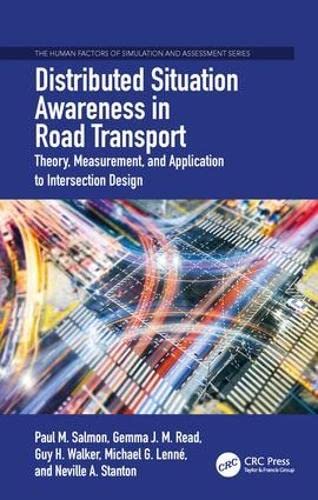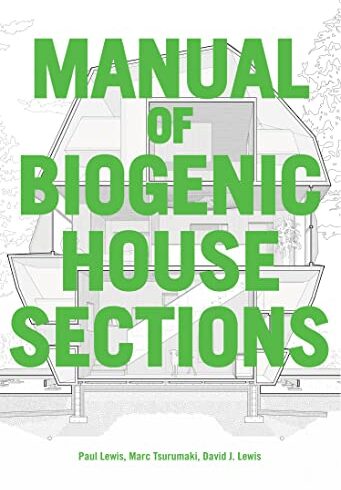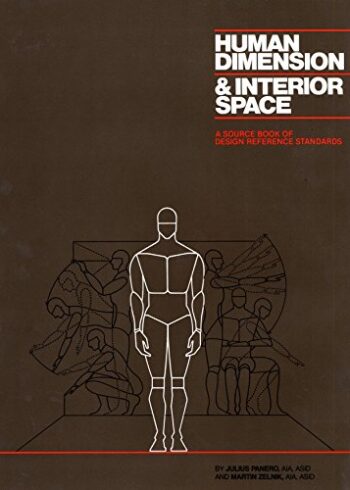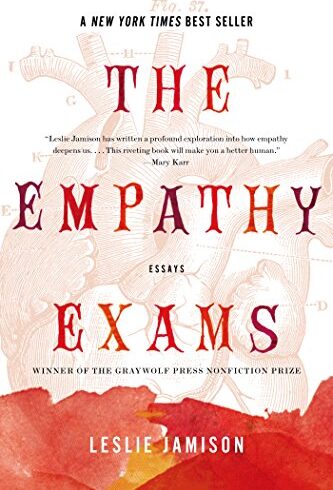How can we design transport environments that cater to the situation awareness needs of different end-users? This book answers this question by showcasing how state-of-the-art human factors theory and methods can be used to understand how situation awareness differs across drivers, cyclists, motorcyclists, and pedestrians and creates new designs that cater to these diverse situation awareness needs. Written by experts in the field and based on a major program of work funded by the Australian Research Council, this book outlines the distributed situation awareness model and provides practical guidance on how to study situation awareness naturalistically and how to create designs that support, rather than hinder, situation awareness. The book closes by outlining outline a generic framework to support similar applications in other areas, and discusses future applications in areas such as vehicle automation, artificial intelligence, and cybersecurity. Features Challenges traditional road safety analysis, design processes and conventions Outlines a novel on-road study methodology for analyzing naturalistic interactions among drivers, cyclists, motorcyclists and pedestrians Presents a review of state-of-the-art situation awareness theory and methods Provides practical guidance on a series of human factors methods Describes a framework to support the design of transport environments Evaluates new intersection concepts that encompass features designed to prevent collisions at intersections
Sale end in:
Distributed Situation Awareness in Road Transport: Theory, Measurement, and Application to Intersection Design (Human Factors, Simulation and Performance Assessment)
By: Paul M. Salmon
ISBN-10: 140946525X
ISBN-13 : 978-1409465256
Publisher : Routledge; 1st edition (November 19, 2018)
Language : English
Hardcover: 264 pages
Reading Age : None
Dimensions : 9.41 x 0.87 x 6.38 inches
Item Weight : 1.22 pounds
$170.00 $136.00




















There are no reviews yet.